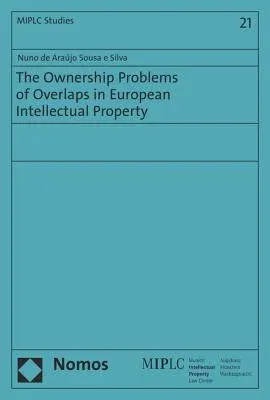Nuno de Araujo Sousa E Silva
(Author)The Ownership Problems of Overlaps in European Intellectual PropertyPaperback, 31 December 2014

Qty
1
Turbo
Ships in 2 - 3 days
Only 2 left
Free Delivery
Cash on Delivery
15 Days
Free Returns
Secure Checkout

Print Length
116 pages
Language
English
Publisher
Nomos Verlagsgesellschaft
Date Published
31 Dec 2014
ISBN-10
3848713950
ISBN-13
9783848713950
Description
Product Details
Author:
Book Format:
Paperback
Country of Origin:
US
Date Published:
31 December 2014
ISBN-10:
3848713950
ISBN-13:
9783848713950
Language:
English
Location:
Baden-Baden
Pages:
116
Publisher:
Weight:
367.41 gm